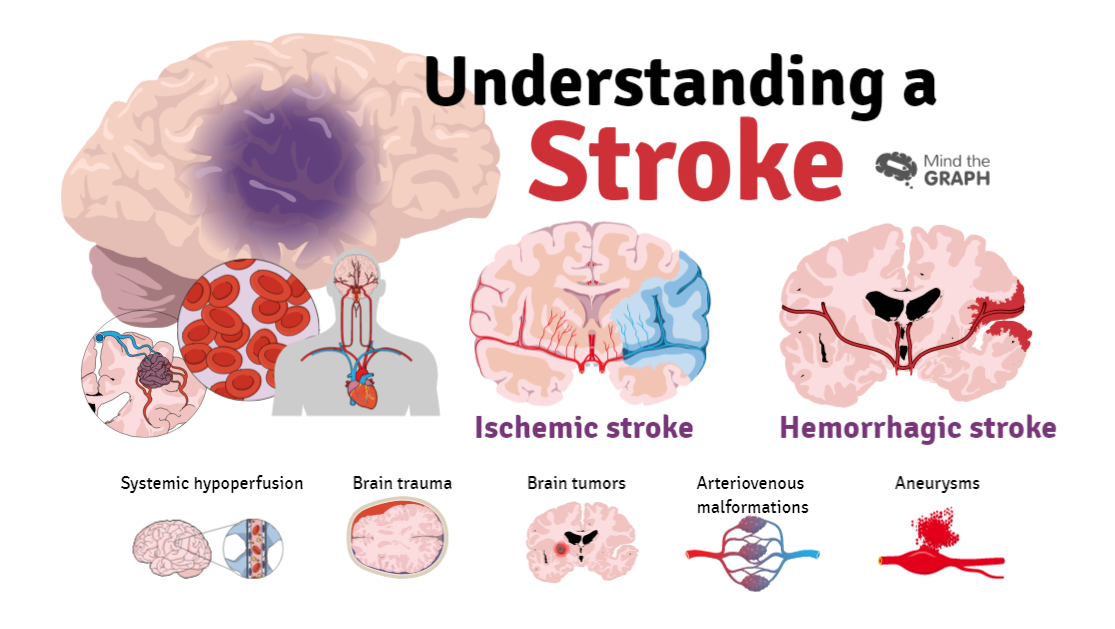Did you know that Leading Edge Senior Care has a Dementia Support Group? We meet monthly in Mesa. For more details <click here>
Recognizing the Signs of a Stroke
Recognizing the signs of a stroke. As we age, our risk of developing a stroke increases. According to the Centers for Disease Control and Prevention, nearly three-quarters of all strokes occur in people over the age of 65. As such, it’s important for seniors and their caregivers to be aware of the signs of a stroke, as early intervention can greatly improve outcomes. In this blog post, we’ll explore the signs of a stroke in seniors, and what to do if you suspect that someone is experiencing a stroke.
What is a Stroke?
A stroke occurs when blood flow to the brain is interrupted, either by a blockage (ischemic stroke) or a burst blood vessel (hemorrhagic stroke). Without oxygen and nutrients, brain cells begin to die within minutes. The severity of a stroke depends on the extent of the damage and how quickly it is treated. Some people may experience a transient ischemic attack (TIA), or mini-stroke, which is a temporary blockage of blood flow to the brain that typically resolves on its own.
Signs of a Stroke in Seniors
The signs of a stroke can vary depending on the location and severity of the stroke. Some common signs of a stroke in seniors include:
- Sudden numbness or weakness in the face, arm, or leg, especially on one side of the body.
- Sudden confusion or difficulty speaking or understanding speech.
- Sudden trouble seeing in one or both eyes or double vision.
- Sudden trouble walking, dizziness, or loss of balance or coordination.
- Sudden severe headache with no known cause.
It’s important to note that not all of these symptoms may be present in every case of stroke. Additionally, some seniors may experience more subtle signs of a stroke, such as sudden changes in behavior or mood, or difficulty swallowing. Any sudden, unexplained change in a senior’s condition should be taken seriously and evaluated by a healthcare provider.
What to Do If You Suspect a Stroke
If you suspect that someone is experiencing a stroke, it’s important to act quickly. Time is of the essence when it comes to treating a stroke, as early intervention can greatly improve outcomes. Here’s what to do:
- Call 911: If you or someone you know is experiencing symptoms of a stroke, call 911 immediately. The sooner the person receives medical attention, the better the chances of a positive outcome.
- Note the time: It’s important to note the time that the symptoms began, as this can help healthcare providers determine the best course of treatment.
- Stay with the person: If you’re with someone who is experiencing a stroke, stay with them and provide comfort and support while waiting for emergency responders to arrive.
- Do not give the person anything to eat or drink: In the event of a stroke, the person may have difficulty swallowing or may aspirate food or liquid into their lungs, which can be dangerous.
- Be prepared to provide information: When emergency responders arrive, be prepared to provide information about the person’s symptoms, medical history, and any medications they are taking.
Prevention is Key
While it’s not always possible to prevent a stroke, there are steps that seniors can take to reduce their risk. These include:
- Maintaining a healthy lifestyle, including regular exercise and a healthy diet.
- Managing chronic conditions such as high blood pressure, diabetes, and high cholesterol.
- Quitting smoking and limiting alcohol consumption.
- Taking medications as prescribed and attending regular healthcare appointments.
- Being aware of the signs of a stroke and seeking immediate medical attention if symptoms occur.
In Conclusion
Strokes can be devastating, but early intervention can greatly improve outcomes. It’s important for seniors and their caregivers to be aware of the signs of a stroke. Our caregivers go through extensive training in stroke and emergency preparedness. Have you or a loved one recently suffered a stroke? Difficult time rehabbing at home? See these steps we do for those we care for <CLICK HERE>

